Collectively, information on COVID 19 symptoms and mitigation is now being distributed worldwide through networked communication systems mainly in English. It was in December 2019 when we first learned about the coronavirus, renamed COVID 19 by the World Health Organization. At first, there was general disbelief and almost every government ignored the possibility of a pandemic.
Many countries are asking people to stay at home but the arrogant chose to continue to travel possibly infecting people in the process. Shutting down population movement limits the transmission of the virus but can have unintended consequences for the poorest and most vulnerable people. We see street children on sidewalks staring as we drove past. They have been forgotten in the fight for the survival of global economies.
How valuable is online access to the global population in this direst of times when information is the dividing line between life and death? Can you imagine a world divided by language, with no means of reaching out for help because communication is limited? What are the thoughts of a child caught in the middle of a pandemic?
COVID 19 symptoms value to a child
Dear Diary:
I am reading an online article about 1.3 billion people in India that have been locked down for 21 days.
The question haunting my thoughts is whether this will stop the coronavirus in India. What are your thoughts Diary?
Today I read an online article in English. I feel older…old, more grown up, like I have a responsibility now to do my part as a student.
Thank goodness I am able to read English and speak it fluently. Most of the news we are getting from around the world, on all the major news channels, in all the major newspapers, in all the major online publications, is in English.
And yet there are hundreds of millions of people that cannot read or understand about the enormity and the impact that the COVID-19 coronavirus will have on their futures.
They have limited access to global news and knowledge.
My Pitaji says it must be like being blind – hearing half-truths and rumors.
Last week the Shivaji park was full of people, laughing and spending time together. This is one of our cities largest and most popular public areas where it is packed with sports teams, school children and elderly people walking, joggers and people basically going about their every day relaxing in a beautiful space.
All of this is gone because of the announcement on the 24th of March, and the announcement made to slow the spread of COVID-19. We had 24 hours to prepare, 24 hours when everything was forgotten except buying food and getting enough supplies to sustain us for who knows how long?
Will I be able to see my school friends again soon?
The Time For Online Education Is Now
The urgency with which we need to apply ourselves to our education has escalated beyond our imagination. As global citizens we need new applications and innovations in education for our future and future generations, so we can function as a more harmonious living organism if we are to survive as a species.
For some, this is a time of profit and little pain – for most it is a regression into the “dark ages” for their education, and with that their hope of a better future.
Unless the world does something. Now.
Better online education resources
Key milestones to achieve the United Nations goal #4
- Access to high-speed data
- Good online education with accreditation achievable using blockchain technology
- Learning an excellent and unparalleled skill that allows one to unlock and understand the information that is available to freely – the knowledge and skill of being able to speak English.
- A community of like-minded students, like the group on the English Forward Telegram chat
- Access to world-class teachers that can answer your questions about learning English
In this time we will give up some fundamental basic human rights in an effort to support and rally as a global community, united against #COVID-19.
While the top priority now is sufficient resources for health services, it’s a time to garner support and funding for better online education resources.
Poorest of the poor excluded
We are at a crossroads as humanity. Which path do we choose? Self-preservation or inclusion?
It is very strange not getting into the ocean every day. We are used to spending a lot of time together from homeschooling and we really enjoy it so that’s great. We set up a daily schedule to create some normality and rhythm to the days and weeks for the kids, so every day is like it was except exercise changes and other activities fill time.
It is hard watching the ocean in front of the house and not being able to get in. I’m thinking of the sea as information to which some population is prohibited from accessing. Those in rural areas, the poorest of the poor. What is the government doing for the children? What can we do for them now that their education and survival are at stake?
Today, education remains an inaccessible right for millions of children around the world. More than 72 million children of primary education age are not in school and 759 million adults are illiterate and do not have the awareness necessary to improve both their living conditions and those of their children
Time will tell if we can move mountains to get our goals accomplished.

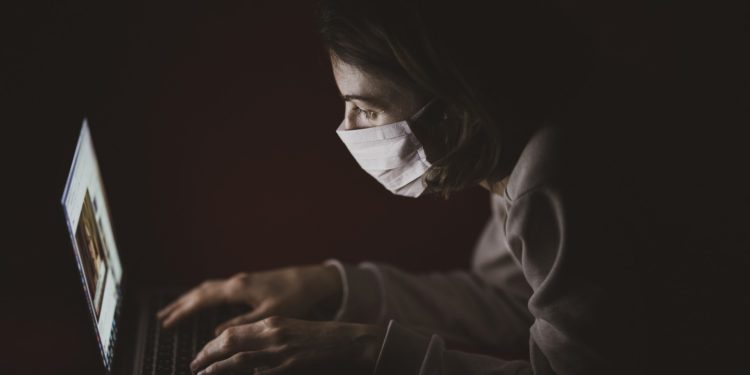

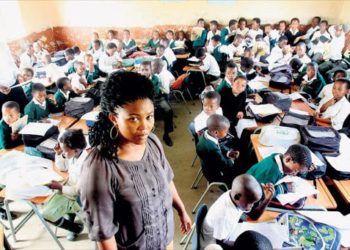
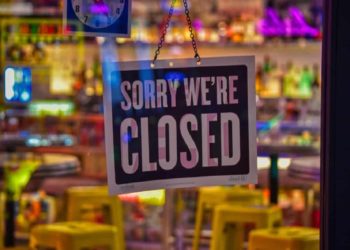
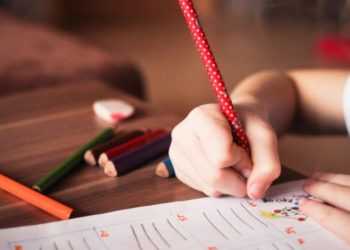
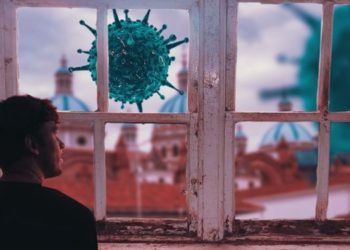



Leave a Reply